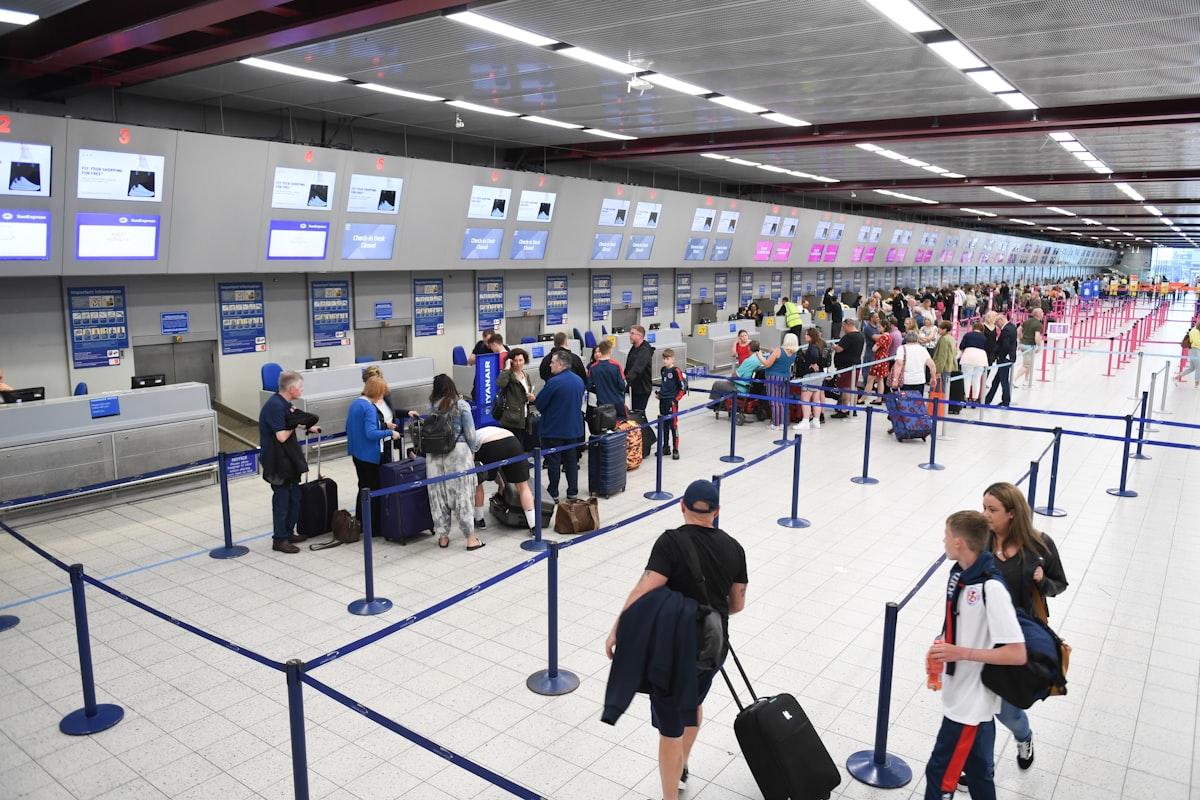This summer, U.S. flights to Mexico will increase 204%
According to Official Airline Guide (OAG) data, there is a supply of 3 million 574 thousand airline seats on flights from the U.S. to Mexico for this summer.

Following the Federal Aviation Administration's (FAA) depreciation of the safety of Mexican aviation systems, it was expected that tourism between these nations would be affected; however, the opposite has happened. According to Official Airline Guide (OAG) data, there is a supply of 3 million 574 thousand airline seats on flights from the U.S. to Mexico for this summer, that is, 2 million 399 seats more than in the same period of 2020, a growth of 204.1 percent.
From the total number of flights, 2 million 178 thousand passengers will travel through U.S. airlines; 245.9% more than in those two months from July-August 2020. On the other hand, the remaining 1 million 396 thousand 454 North American tourists will use Mexican companies for their trip, 155.9% more demand than the previous year. This figure is high considering that the FAA's B rating indicates that all of these airlines are unsafe.
Miguel Torruco Marqués, head of the Ministry of Tourism (SECTUR), informed via press release that flights from the United States to Mexico by domestic airlines are operated by the following companies: Aeroméxico has 54.9% of the flights, that is, 766,482 seats; Volaris has 33.7% and 471,128 seats; Viva Aerobús has 11.37% and 158,844 seats.
In the case of U.S. aviation companies, the following stand out: Delta Airlines which has 34.4% of the total number of flights, 748 thousand 177 seats, and United Airlines with 31%. And 676,118 seats, among others such as Southwest Airlines and Spirit Airlines.
The United States is the country with the highest number of travelers visiting Mexico, generating a large economic flow in terms of tourism. For this reason, the FAA rating has put the sector on alert and has led it to generate improvement strategies; however, against all odds, demand has been high, mainly due to vaccination in the U.S. and the opening of borders to recover tourism. It is worth mentioning that the effects of the rating granted by the U.S. agency will be seen in the long term.




